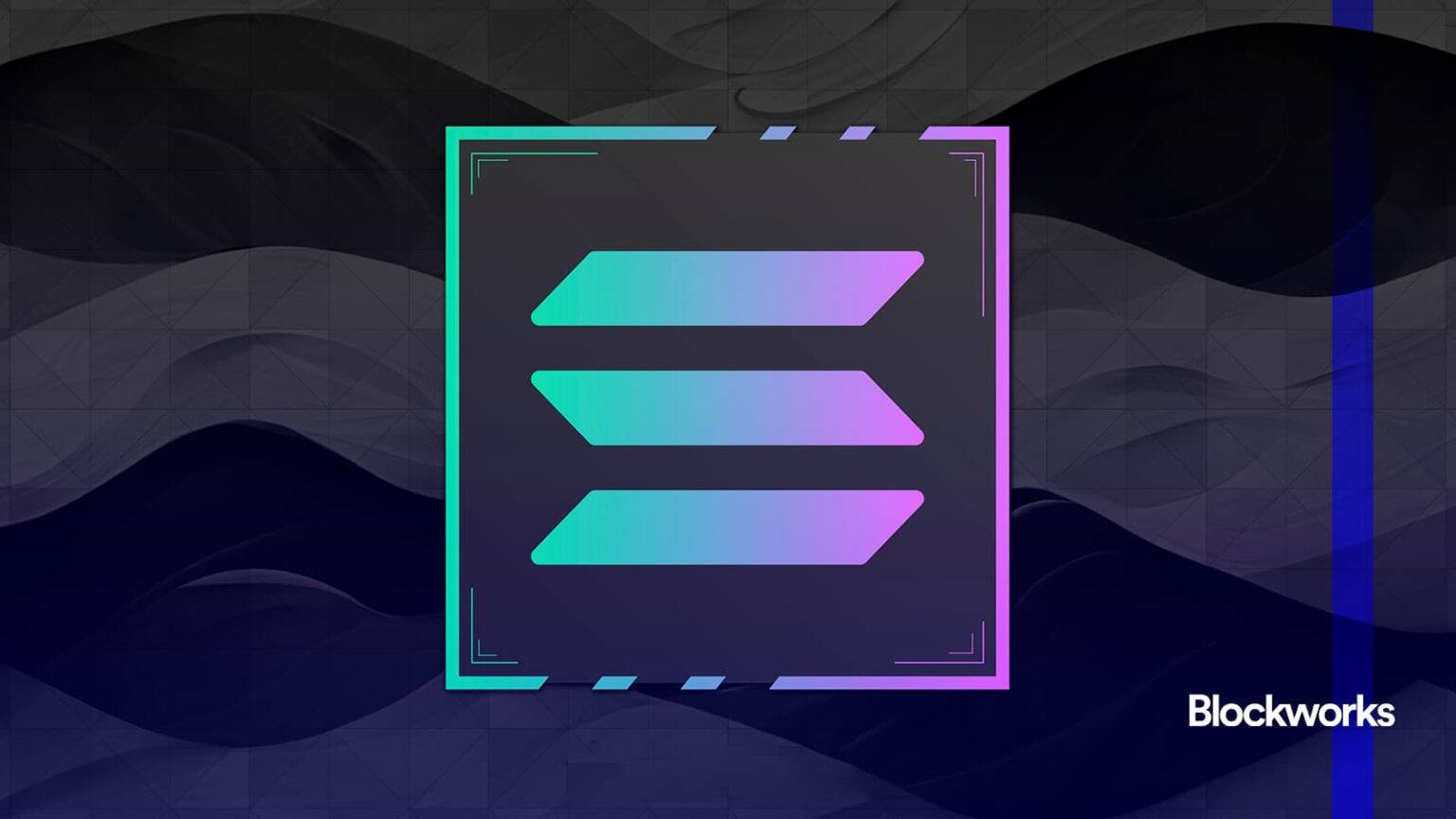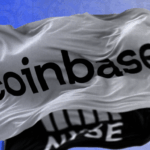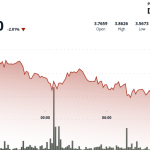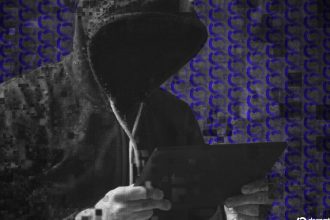This is a segment from the Lightspeed newsletter. To read full editions, subscribe.
In mid-April, leading Solana figures shared a cryptic hash on X, sparking speculation about its purpose. This string can conceal data while allowing verification of message authenticity.
The theory that the hash coordinated a secret patch proved correct. Solana’s Foundation disclosed Friday that a security flaw in its confidential tokens feature could have allowed unlimited token minting. This follows a similar patch procedure in August.
Solana’s token-2022 standard incorporates “confidential transfers” using zero-knowledge proofs, hiding transfer amounts. The identified bug stemmed from insufficient mathematical validation, enabling potentially invalid proofs to pass Solana’s zk program.
Though Solana’s private patching—identified through validator efforts—is sometimes criticized, the most critical factor remains intact: no user funds were lost. This outcome underscores the effectiveness of the approach.
“Disparagement of Solana’s zero-day fix reminds me how little people grasp its workings on Ethereum,” tweeted Equilibrium investment partner Mika Honkasalo. “TLDR; the fundamental processes were broadly identical, just subject to the ETH community’s tendency to seek moral high ground.”
A Solana validator involved in the patching posits the solitary vulnerability handling incident mirrors “established security protocols seen in other key blockchains and software projects.”
According to multiple individuals briefed on Solana’s response, this multi-platform validator outreach—facilitated via syndicate mechanisms like Anza and Jito—and the hash sharing system functions as a kind of two-factor authentication.
Whether viewed through the lens of crypto maximalism or conventional enterprise security, the distributed nature of this patching coordination presents complexities for what might conventionally be termed an “emergency software update.”












